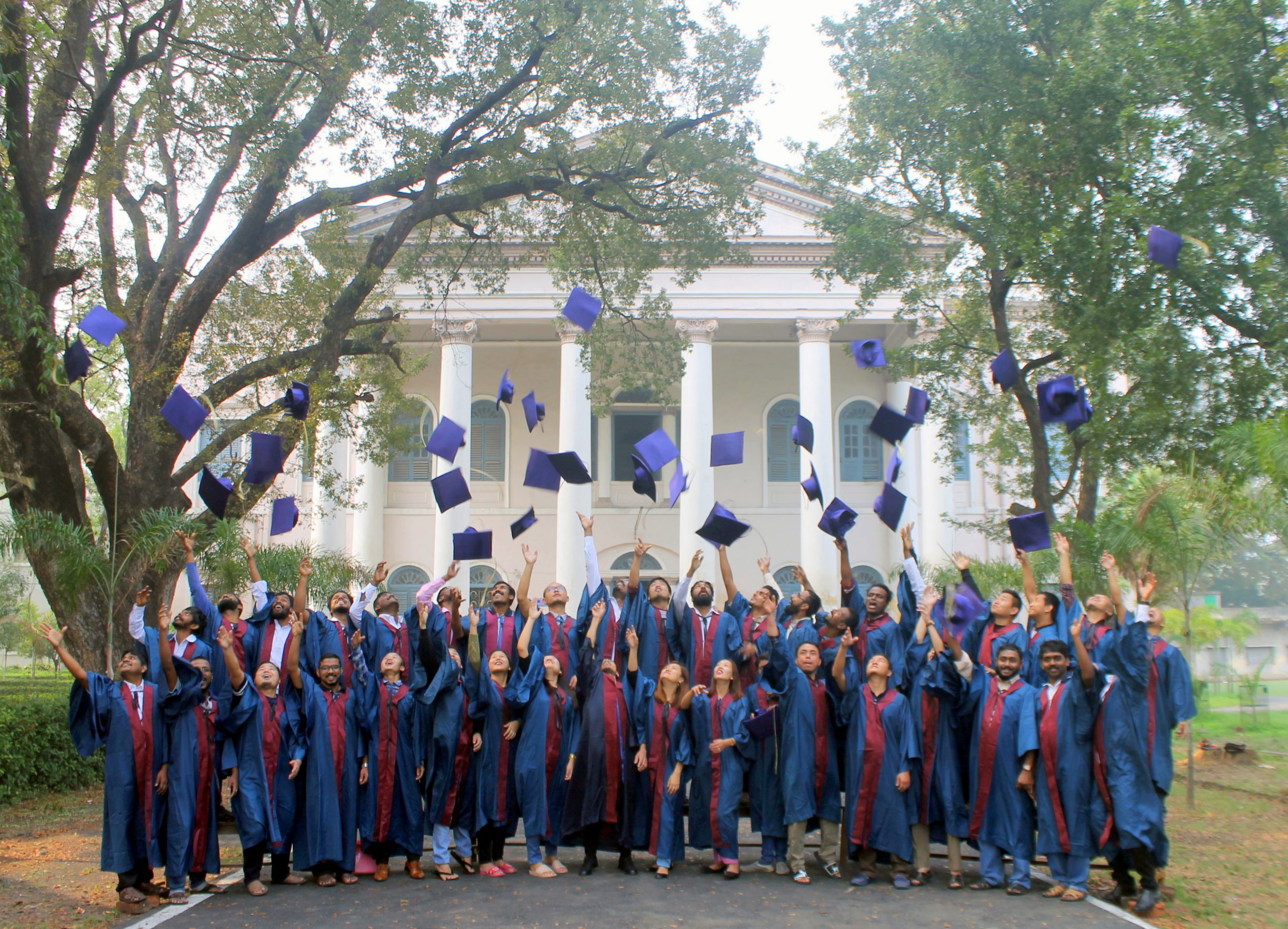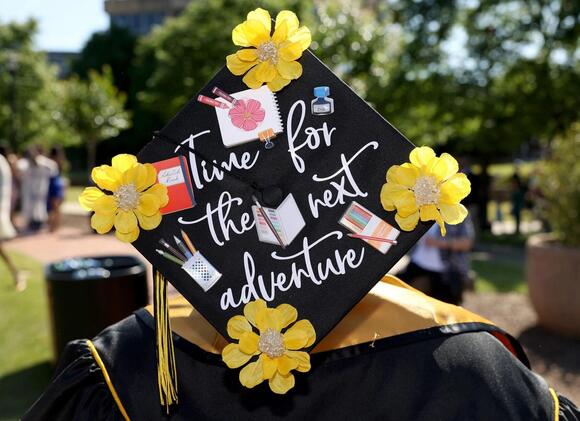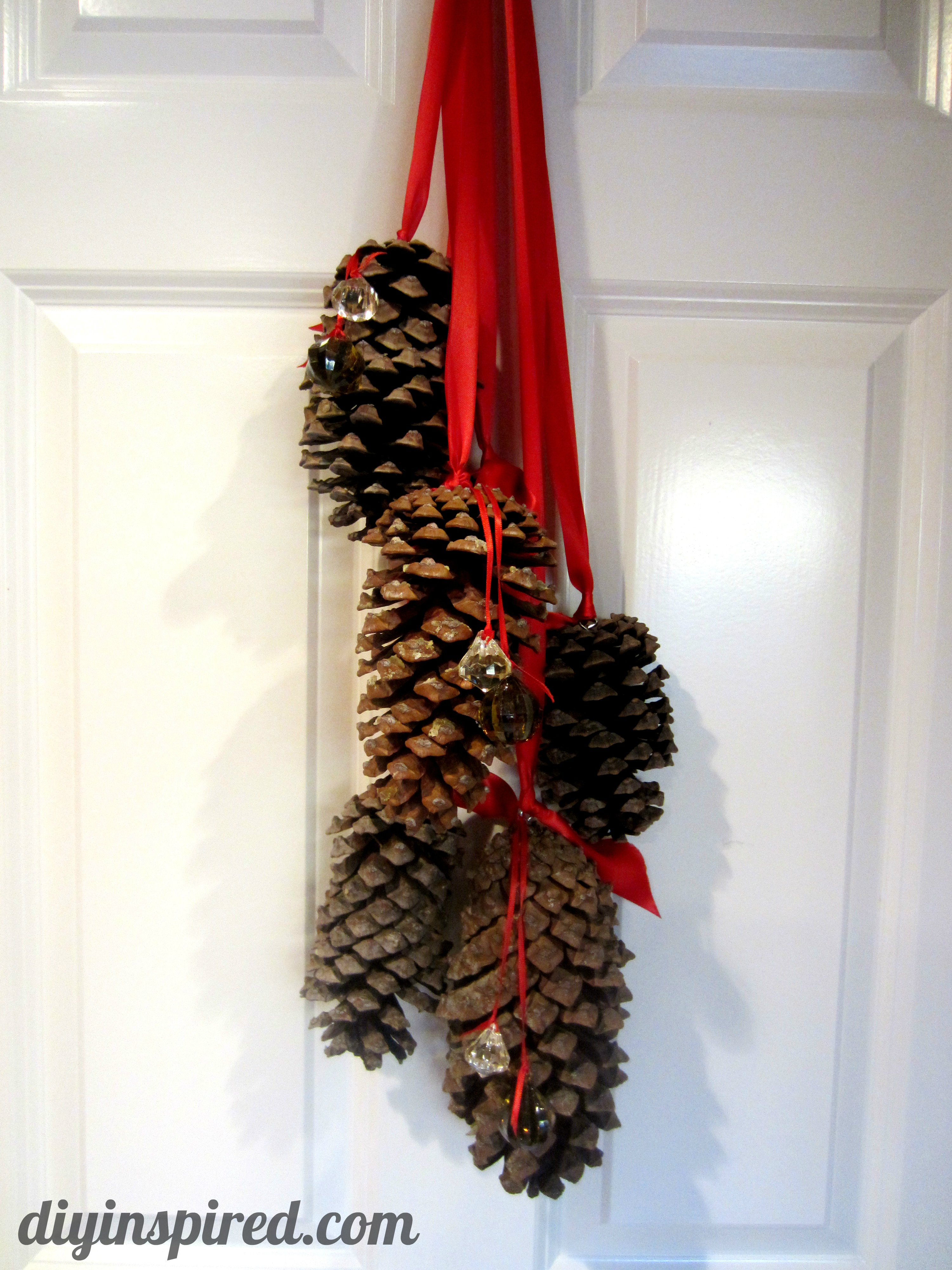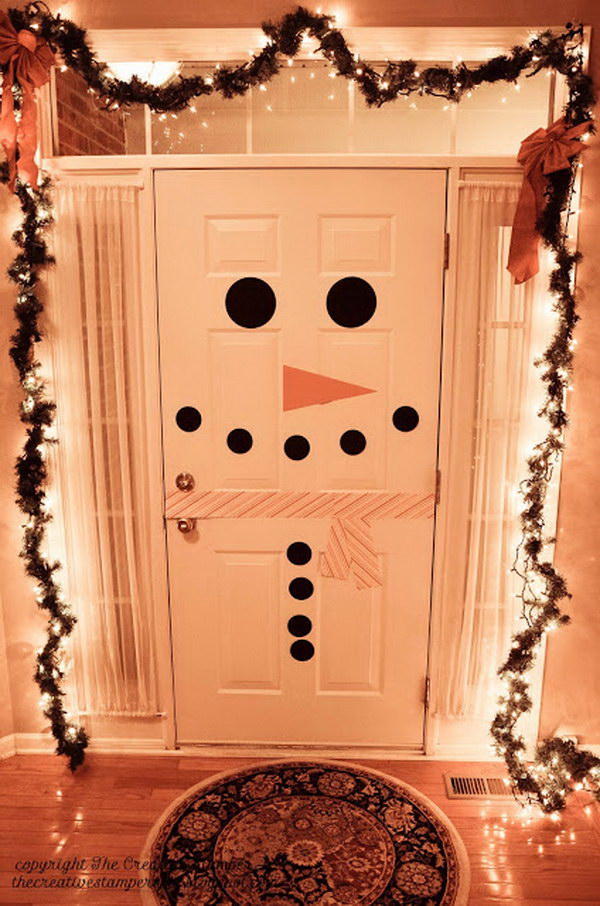Why People Adorn Graduation Caps: Tradition and Creativity

Graduation is a pivotal moment in many people's lives, marking the culmination of years of hard work, dedication, and achievement. One of the most visually striking traditions during this ceremony is the adornment of the graduation cap, known as the mortarboard. This tradition intertwines the formal pomp of the event with personal expressions of creativity, identity, and celebration. But why do people adorn their graduation caps, and what does this tradition signify?
Historical Roots of Cap Decoration

The mortarboard itself, a square academic cap, has roots in the medieval universities of Europe. Initially designed for scholars and later for graduates, its simple design symbolized a degree of uniformity among graduates, reflecting the idea that all are equal in the eyes of academic achievement. However, as time passed, personalizing these caps became a way to break from this uniformity and inject individuality into the solemn occasion.
The Transition to Personal Expression

In the mid-20th century, universities began to see the mortarboard not just as a uniform but as a canvas for personal expression. Here are some key points about this transition:
- 1960s Cultural Revolution: The era of peace, love, and counterculture saw students pushing against traditional norms. Flower power, peace signs, and slogans became common adornments, symbolizing a connection to broader social movements.
- Technological Advancements: With the advent of adhesive tapes, stickers, and easily customizable materials, decorating caps became more accessible and less cumbersome.
- Education Emphasis on Individuality: Modern educational systems often highlight the unique skills and talents of students. Adorning caps became a reflection of this personal journey through academia.
Symbolism Behind Cap Decorations

Decorating graduation caps has become laden with symbolism:
- Future Aspirations: Many students use their caps to showcase their dreams, goals, or future career paths through symbols, slogans, or even miniature sculptures.
- Gratitude: Some caps feature messages of thanks to family, friends, or mentors who supported them throughout their educational journey.
- Identity and Belonging: For some, it’s about celebrating their cultural heritage, personal beliefs, or affiliations with clubs, sports teams, or other groups.
- Memories: Decorations can also evoke past memories, achievements, or funny moments shared with classmates.
Creativity and Craftsmanship

The process of decorating caps has evolved into an art form:
- Materials Used: From simple markers to complex 3D constructions, students employ a wide range of materials for their cap designs. Common materials include fabric, glitter, beads, feathers, photographs, and even LED lights.
- Techniques: Techniques can range from simple drawing and painting to more advanced methods like sculpting, weaving, or digital printing. Some students also incorporate elements of mixed media art.
- Themes: Themed decorations often follow popular culture, including movie quotes, memes, or current events, making the graduation ceremony a dynamic showcase of contemporary culture and humor.
| Decoration Theme | Materials | Common Techniques |
|---|---|---|
| Pop Culture | Markers, Stickers, Photographs | Collage, Mixed Media |
| Personalization | Fabric, Glitter, Beads | Embellishing, 3D Art |
| Future Goals | Adhesive Letters, Prints | Digital Printing, Vinyl Cutting |

🎨 Note: Be mindful of the school's policy on decorations. Some universities might have restrictions on the size, materials, or content of cap decorations due to safety or respect concerns.
Adorned caps not only add color and flair to the ceremony but also encourage a sense of camaraderie. During the procession, it's common for graduates to admire each other's caps, share ideas, and take pictures together, creating a sense of community and shared experience.
The Role of Social Media

In the age of social media, graduation cap decorations have gained another layer of significance:
- Sharing with Loved Ones: Photos of decorated caps are shared online with family and friends, creating an instant connection and a sense of inclusion for those unable to attend the ceremony in person.
- Virality: Some particularly creative or humorous caps go viral, increasing the pride and joy of the graduate while spreading inspiration or laughter to a broader audience.
- Commemoration: Social media provides a digital keepsake of this important moment, immortalizing the cap design alongside the graduation photo.
🔍 Note: When sharing your cap online, be cautious of any copyrighted material you might be using to avoid infringement issues.
As we reflect on the custom of decorating graduation caps, we can appreciate it as a delightful blend of tradition and personal expression. This tradition captures the essence of what graduation signifies: an ending and a beginning, a time to honor the past and dream for the future. It's a celebration of academic achievement, but more than that, it's a celebration of the individual's journey through education, marked in a unique and creative way.
Is there a limit to what I can put on my graduation cap?

+
Yes, schools often have policies regarding cap decoration. Check with your university for any size, material, or content restrictions.
Can I use copyrighted material to decorate my cap?

+
It’s best to avoid using copyrighted images or designs without permission to prevent legal issues. Consider creating your own artwork or using public domain materials.
How do I ensure my decorated cap doesn’t come apart during the ceremony?

+
Use strong adhesives like hot glue, fabric glue, or double-sided tape. Avoid heavy or loose items that might fall off, and try to balance your design for stability.



